There are more than 52,000 Mexican and Tex-Mex restaurants in the entire U.S., per IBIS World. Further data from the Pew Research Center, conducted in 2024, found that 11% of American restaurants serve Mexican-style dishes, and a whopping 85% of counties in the U.S. are home to at least one Mexican restaurant. All of this is to say: Mexican food is a big deal in America.
Because of all of this competition, it’s important for Mexican chain restaurants to stand out to customers by offering the best food and service in the industry. The chains on this list? Well, that seems to be the opposite of what they’re doing.
According to customers, the restaurants listed below have some serious red flags. They’re failing to offer tasty food at reasonable prices, and perhaps even worse? Many are also failing to keep their dining areas clean, too. Keep reading to find more about the worst Mexican chain restaurants in the U.S., based on commentary found across social media and review sites.
Read more: 11 Mexican Restaurant Chains, Ranked Worst To Best
On The Border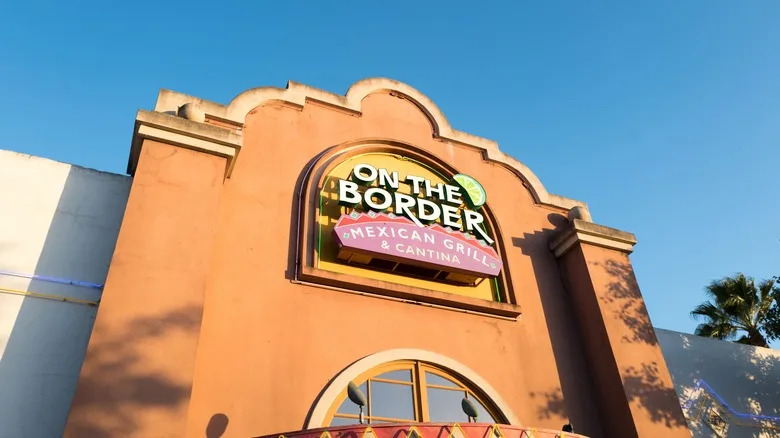
On The Border building exterior – Smith Collection/gado/Getty Images
The mission of On The Border is fairly self-explanatory: to share border-style Tex-Mex cuisine. The restaurant chain has been committed to this goal since 1982, when it was first founded in Dallas. Over the decades, the menu, featuring sizzling fajitas cooked on mesquite-wood grills, tacos, and enchiladas, earned On The Border a loyal following of devoted fans. By 2015, the chain had more than 150 restaurants across 33 states and three countries.
But lately, customers haven’t been so thrilled with what On The Border has to offer. The biggest complaint is the lack of flavor in the food. One Reddit user even went as far as to compare the chain’s chicken tortilla soup to “salty dish water.” Customers have also recalled receiving bad service at the chain and complained that the menu is overpriced.
Perhaps unsurprisingly, given the level of negative chatter online, On The Border filed for Chapter 11 bankruptcy protection in March 2025. Watch this space to see if things improve at the chain’s remaining 80 locations, though. In 2025, On The Border was acquired by Pappas Restaurants, and the group has pledged to help turn things around by improving both quality and hospitality.
Taco Cabana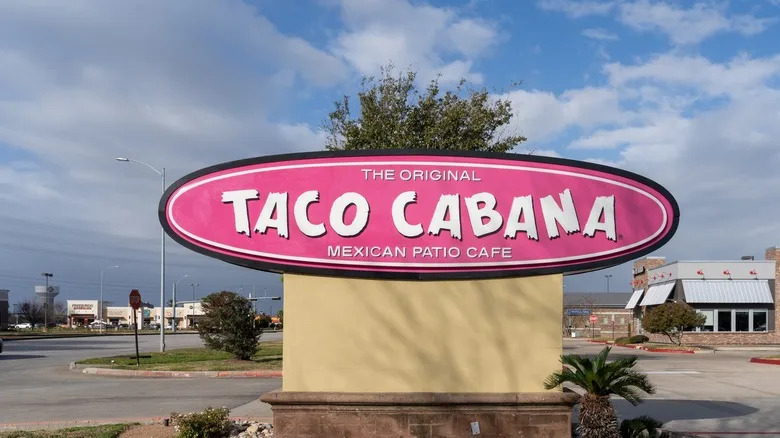
Taco Cabana sign with sky in background – JHVEPhoto/Shutterstock
The very first Taco Cabana opened its doors in 1978, and in the decades that followed, its commitment to serving fresh food and its fun, festive ethos saw the Mexican fast-casual spot quickly expand. By 1994, it had hit sales of $127 million. In 2025, there are more than 140 Taco Cabanas in the U.S., but Yadav Enterprises (which bought the chain in 2021) hopes to expand that footprint to 1,000 locations over the next decade.
Some are more skeptical about the future of Taco Cabana. Reviews online claim that the service at the chain is slow, the food is cold and flavorless, and that many of the restaurants themselves are in need of a good clean. Plenty also feel that, considering the lack of quality in the ingredients and in the service, a trip to Taco Cabana is simply not worth the price.
Many have fond memories of visiting the chain at its peak in the 1990s. But ultimately, most agree that there are plenty of better Mexican restaurants across the U.S. That said, it does have one saving grace for some customers, and that’s the margaritas.
Uncle Julio’s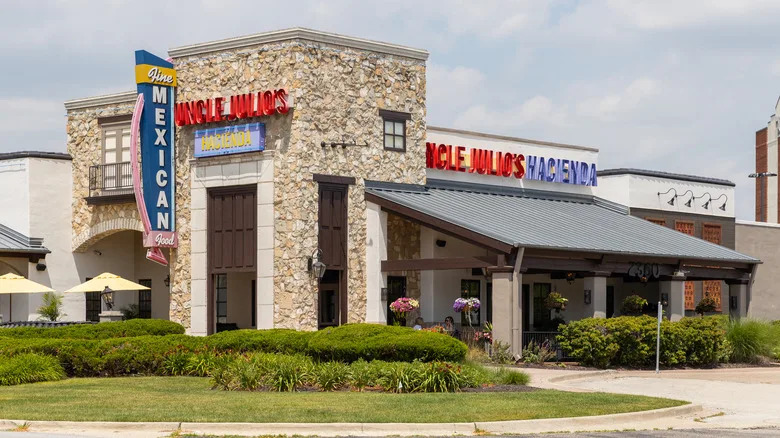
Uncle Julio’s restaurant building exterior – Joe Hendrickson/Getty Images
Another Dallas-based Tex-Mex chain that got its start in the 1980s is Uncle Julio’s. And much like On The Border, it also specializes in mesquite-grilled fajitas and other Tex-Mex staples, which it serves in 31 restaurants across 11 states. But that’s not all it has in common with On The Border. Plenty of customers also agree that a visit to Uncle Julio’s is not worth the money.
Most think that while Uncle Julio’s was hard to beat in the 1990s and 2000s, it’s not the Tex-Mex hotspot it once was. Now, poor quality food is served in meager portion sizes, with slow, subpar service. Plenty seem to agree that things really went downhill at Uncle Julio’s during the COVID-19 pandemic, and that it has failed to bounce back to its former glory ever since.
Not everyone thinks Uncle Julio’s is a lost cause, however. In January 2025, the chain was acquired by Sun Holdings. A spokesperson for the franchise group said at the time that the chain’s iconic status and loyal following would help Sun Holdings grow and expand its customer base.
TacoTime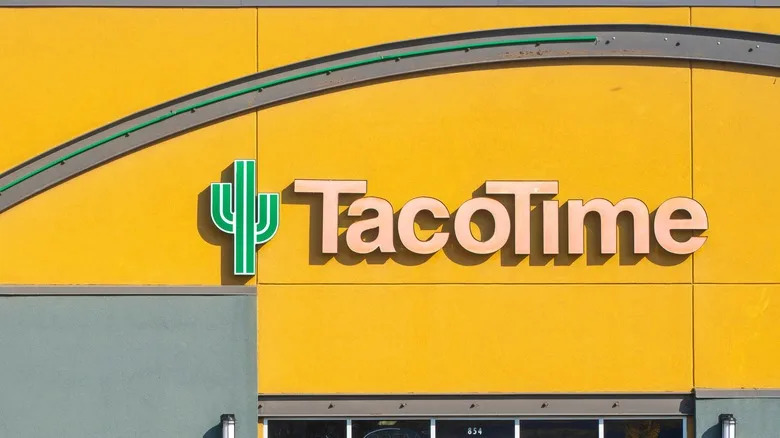
TacoTime sign outside restaurant – Urban Images/Shutterstock
After visiting Southern California and falling in love with Mexican cuisine in the 1950s, entrepreneur Ron Fraedrick decided to have a go at opening his own taco restaurant in Oregon in 1960, which he aptly named TacoTime. He was on to something good: Two short years later, the first TacoTime franchise opened in Tacoma, Washington. In the decades that followed, Fraedrick’s dream took on a life of its own as dozens more TacoTime franchised restaurants opened in the West.
Now? Well, things aren’t looking quite so positive. In the last few years, some of its most iconic locations have closed their doors permanently, and its once loyal customer base isn’t feeling so loyal anymore. The biggest peeve for most diners is the lack of food quality. Complaints include: Tacos that are so sloppy they have to be eaten with a fork; soggy, greasy fries; and hot sauce that tastes like it has been watered down.
The negative chatter doesn’t end with the food, though. Others claimed the servers were completely disorganized, while others felt dismayed at the amount of flies in the restaurant. If you were thinking about visiting TacoTime in the near future, it’s definitely worth checking out the reviews for your local spot before you pick up the phone to make a reservation.
Taco Bell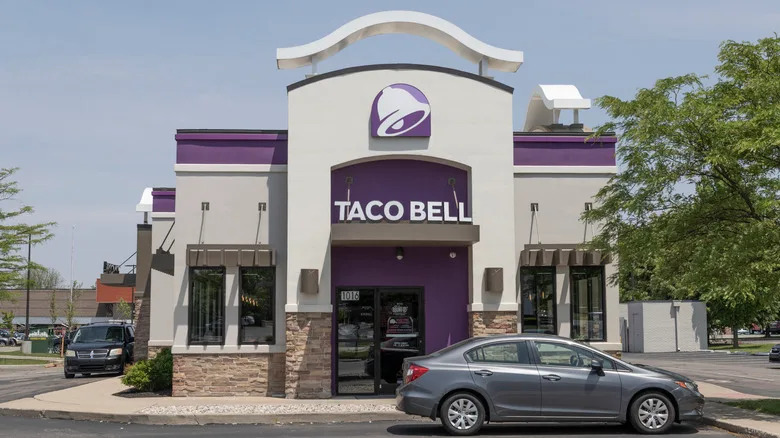
Taco Bell restaurant sign with a car – Jetcityimage/Getty Images
Taco Bell is one of the most well-known Mexican-inspired restaurants in the U.S. Founded back in 1962 by Glen Bell, the chain has grown into a fast-food juggernaut, with more than 8,700 locations across the U.S. and more than 1,100 additional locations overseas.
But big doesn’t always mean best. Taco Bell has received its fair share of criticism online, with customers complaining about everything from low-quality meat to excessively high prices to dry tacos. Again, plenty are of the opinion that the chain was far better in the 1990s, when it offered ultra-popular fan favorites like the Volcano Menu.
Still, Taco Bell doesn’t seem to be too affected by the negative chatter online surrounding its brand, as sales are consistently growing at the chain. In March 2025, it even announced plans to expand its international footprint considerably by increasing its number of restaurants outside of the U.S. to 3,000.
Moe’s Southwest Grill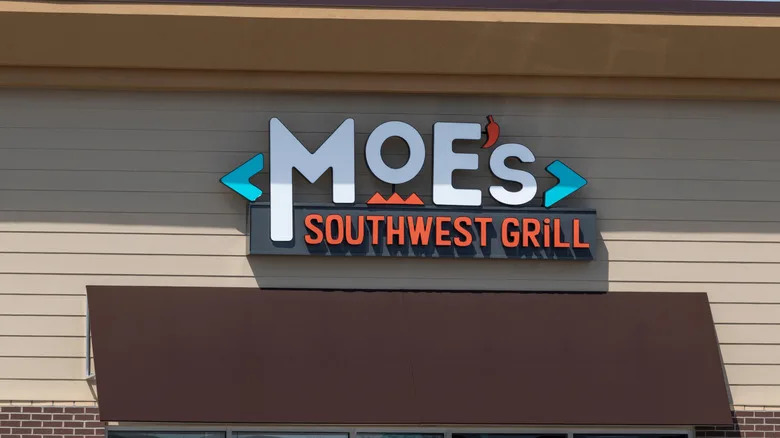
Moe’s Southwest Grill exterior sign – Jonathan Weiss/Shutterstock
Mexican chain Moe’s Southwest Grill was founded in Atlanta back in 2000, and it quickly stood out from the competition thanks to its emphasis on vintage tunes and vibrant decor. In late 2025, there are more than 600 locations of the chain, serving up Mexican and Tex-Mex favorites like burritos, bowls, quesadillas, nachos, tacos, and its signature queso cheese sauce.
But for many customers, the shine has gone from the once-popular fast-casual chain. Recent complaints online state that the quality of the food is poor, with even its once beloved queso cheese sauce leaving much to be desired. The ground beef has also received some major criticism; earlier in 2025, one Reddit user compared it to a “cross between a Manwich and dog food.” Others have criticized the prices at Moe’s as well as the service and a lack of basic hygiene.
That said, despite all of this, the Moe’s Southwest Grill brand appears to still be going strong. In the year leading up to May 2025, it opened up 15 new restaurants, for example.
Chuy’s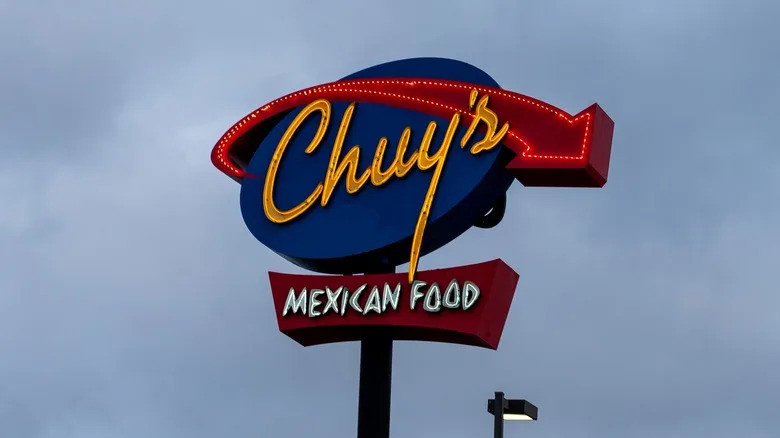
Chuy’s sign with view of sky – JHVEPhoto/Shutterstock
Chuy’s is another Tex-Mex chain with 1980s Texas roots. It was founded in Austin in 1982, and quickly built a unique brand and a reputation for fun, quirky decor. We’re talking things like fake palm trees, papier-mâché sharks, and life-sized dummies hanging from the ceiling. In 1991, a Los Angeles Times review said Chuy’s was “designed for surf bums, college kids, and anyone else who has never seen the real Mexico.” But that image didn’t seem to hinder its growth, as of 2025, Chuy’s has more than 100 locations across 15 states.
What might hinder its growth, though? An abundance of bad reviews online. The chain has been repeatedly accused of serving up mediocre food, including dry tacos and stale chips. This wouldn’t be so bad if not for the prices it charges for its extremely average offering. Still, the chain has managed to keep a loyal following, with plenty of social media users choosing to defend the chain from complaints. That said, even Chuy’s remaining fans admit that the food is nothing more than average.
Overall, though, accusations of boring food don’t seem to be holding the chain back. In 2024, it sold to Darden Restaurants for $605 million and went on to open 11 more restaurants across Texas.
Chipotle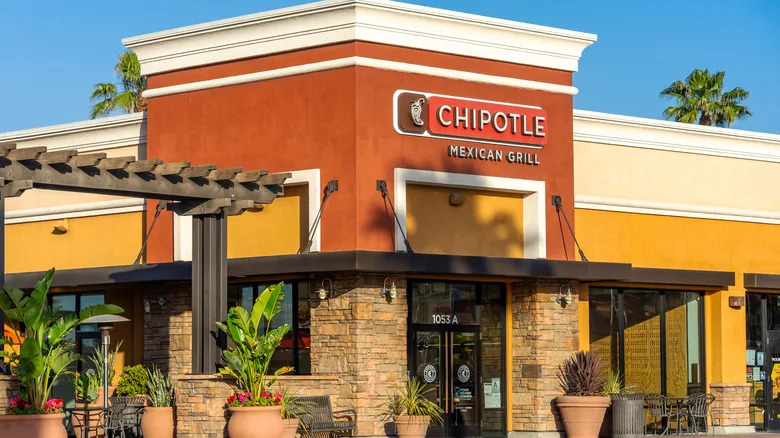
Chipotle restaurant exterior building – Sanfel/Getty Images
Like Taco Bell, Mexican fast casual chain Chipotle has turned into a global juggernaut, with thousands of locations in the U.S. and internationally. The chain was founded in Denver in 1993, and as of September 2025, it has around 3,700 restaurants.
Chipotle’s success was built on the back of fresh ingredients, prepared with quality, traditional cooking techniques, and sold at affordable prices. But for some, the chain is no longer delivering on any of this. Online reviewers say the bill has become too high for them to consider dining regularly at Chipotle, while the quality of the food has fallen off a cliff. Customers have also complained about a lack of cleanliness in the chain’s restaurants, and noted that the service leaves a lot to be desired.
But despite the negative commentary floating around review sites and Reddit forums, Chipotle is persevering. In the coming years, it hopes to expand to 7,000 locations in North America.
Methodology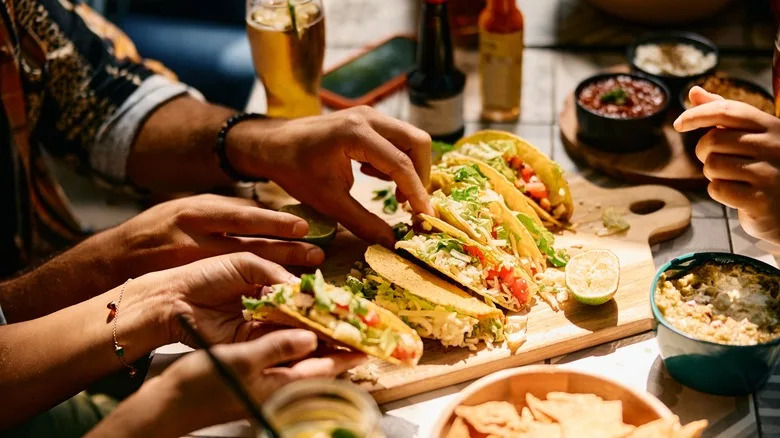
hands reaching for tacos in restaurant – Drazen Zigic/Shutterstock
To figure out which Mexican chains Americans deem to be the worst in the U.S., we scanned social media sites like Facebook and Reddit to get a feel for which restaurants were receiving the highest levels of negative criticism from customers. We also took into account star ratings on review sites, and for background, we took into consideration general chatter online from blogs and professional critics.
In order to get an accurate list, we looked at how most diners felt about key aspects of the restaurant experience. This included fundamentals like food quality, attentive service, and cleanliness. Price was also an important factor. In fact, likely as a symptom of the current economy, rising costs came up time and time again when investigating how people felt about the different restaurant chains on our list.
Of course, though, restaurant quality varies from location to location. This list is, ultimately, subjective, and some chains we’ve listed may not line up with your experience of them. If that’s the case, we’re pleased you had a better experience than many of the customers we’ve cited here.
Read the original article on Tasting Table.


Dining and Cooking